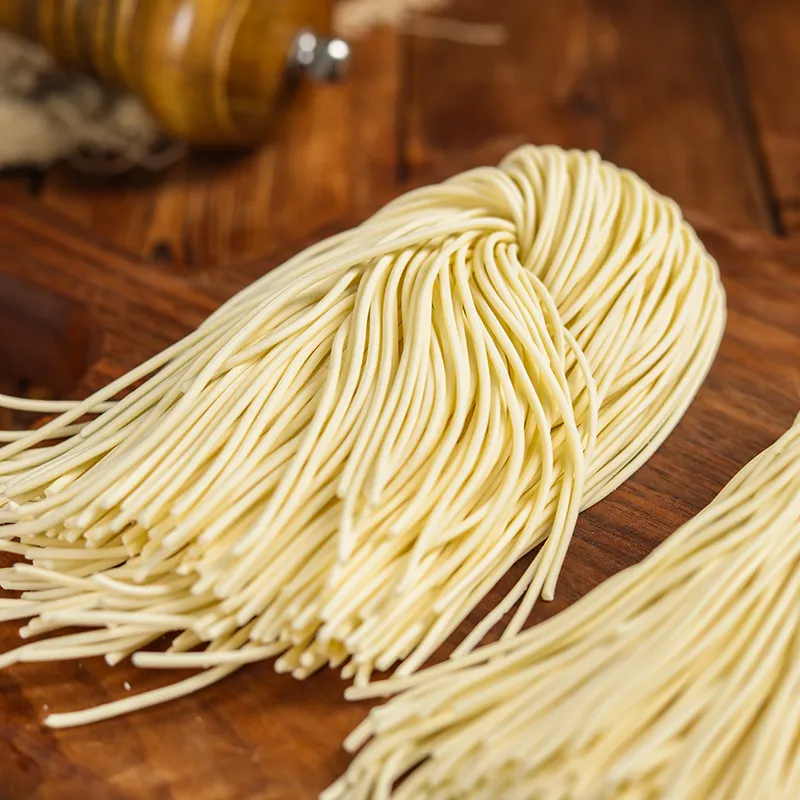Chinese Sesame Noodles Recipe for a Flavorful and Easy Dish
The Delightful World of Chinese Sesame Noodles
Chinese sesame noodles, known as Zhima Mian in Mandarin, are a beloved dish that embodies the essence of Chinese cuisine simplicity, depth of flavor, and a wonderful harmony of ingredients. This humble noodle dish has won the hearts of many, both in China and around the globe, presenting a perfect fusion of nuttiness, richness, and simplicity.
Origins and Tradition
The origins of sesame noodles can be traced back to the culinary traditions of Northern China, where wheat noodles are more prevalent due to the local climate and agricultural practices. Sesame seeds, abundant and widely used in various dishes, complement these noodles beautifully. Traditionally, the dish was prepared as a simple meal for busy families, providing an affordable yet satisfying option that packed a nutritional punch.
In authentic recipes, the noodles are served cold, making them an especially popular choice during hot summer months. The ease of preparation and the ability to enjoy them cold made sesame noodles an ideal dish for picnics and casual gatherings, a tradition that continues today.
Flavor Profile
At the heart of Chinese sesame noodles is a rich, creamy sauce made primarily from sesame paste, also known as tahini. This paste is not only the star of the dish but also imparts a distinctive, nutty flavor that distinguishes sesame noodles from other noodle dishes. The sauce often includes a combination of soy sauce, vinegar, garlic, and sometimes a hint of sugar to balance the flavors.
Chili oil or paste can be added for a spicy kick, elevating the dish’s flavor profile and catering to those who enjoy an extra layer of complexity. Freshly chopped scallions and sesame seeds are commonly sprinkled on top for garnish, providing a touch of color and an additional crunch.
Variations
chinese sesame noodle

While the classic version of Chinese sesame noodles is deceptively simple, it serves as a versatile canvas for creative interpretations. Many home cooks and chefs alike have experimented with the basic recipe, incorporating various proteins and vegetables to enhance the dish.
For a vegetarian option, crisp cucumbers, carrots, and bell peppers can be thinly sliced and tossed with the noodles for a refreshing crunch. Those looking to add protein might include shredded chicken, tofu, or even shrimp, making the dish suitable for various dietary preferences.
Regional variations also exist, with some families adding regional ingredients or changes to the sauce, further enriching the culinary tapestry of this dish. Whether enjoyed in a fancy restaurant or prepared at home for a family meal, Chinese sesame noodles can be adapted to suit any palate.
Cooking Method
Making Chinese sesame noodles is a straightforward process that doesn’t require culinary expertise, making it an excellent choice for novice cooks. Start by boiling the noodles until tender, then rinse them under cold water to stop the cooking process. This step is essential as it gives the dish its signature cold presentation and keeps the noodles from becoming sticky.
To prepare the sauce, mix tahini or sesame paste with soy sauce, vinegar, sugar, and minced garlic in a bowl until smooth. Adjust the consistency with a bit of water or additional sesame paste to achieve the desired thickness. Combining the cold noodles with the sauce and tossing until evenly coated is the final step before adding any garnishes.
Conclusion
Chinese sesame noodles, with their rich history and delightful taste, encapsulate the joy of simple yet flavorful cooking. They are not just a meal; they are a reminder of the comfort found in traditional recipes passed down through generations. Perfect for any occasion—whether a quiet night in or a festive gathering—these noodles offer both nourishment and satisfaction.
In a world that often leans towards fast food and convenience, Chinese sesame noodles stand as a testament to the beauty of home-cooked meals and the traditions that come with them. So whether you're enjoying this dish at a local Chinese restaurant or making it yourself, take a moment to appreciate the flavors, textures, and history behind this exquisite culinary delight.
-
The World of Homemade PastaNewsApr.27,2025
-
The World of Fresh PastaNewsApr.27,2025
-
Spaghetti Bolognese: A Classic DelightNewsApr.27,2025
-
Soba vs. Udon: A Noodle ShowdownNewsApr.27,2025
-
Sichuan Cold Noodles DelightsNewsApr.27,2025
-
Cold Noodles DelightNewsApr.27,2025
-
The World of Udon Noodles: Delicious and Nutritious ChoicesNewsApr.16,2025
Browse qua the following product new the we

















































































































